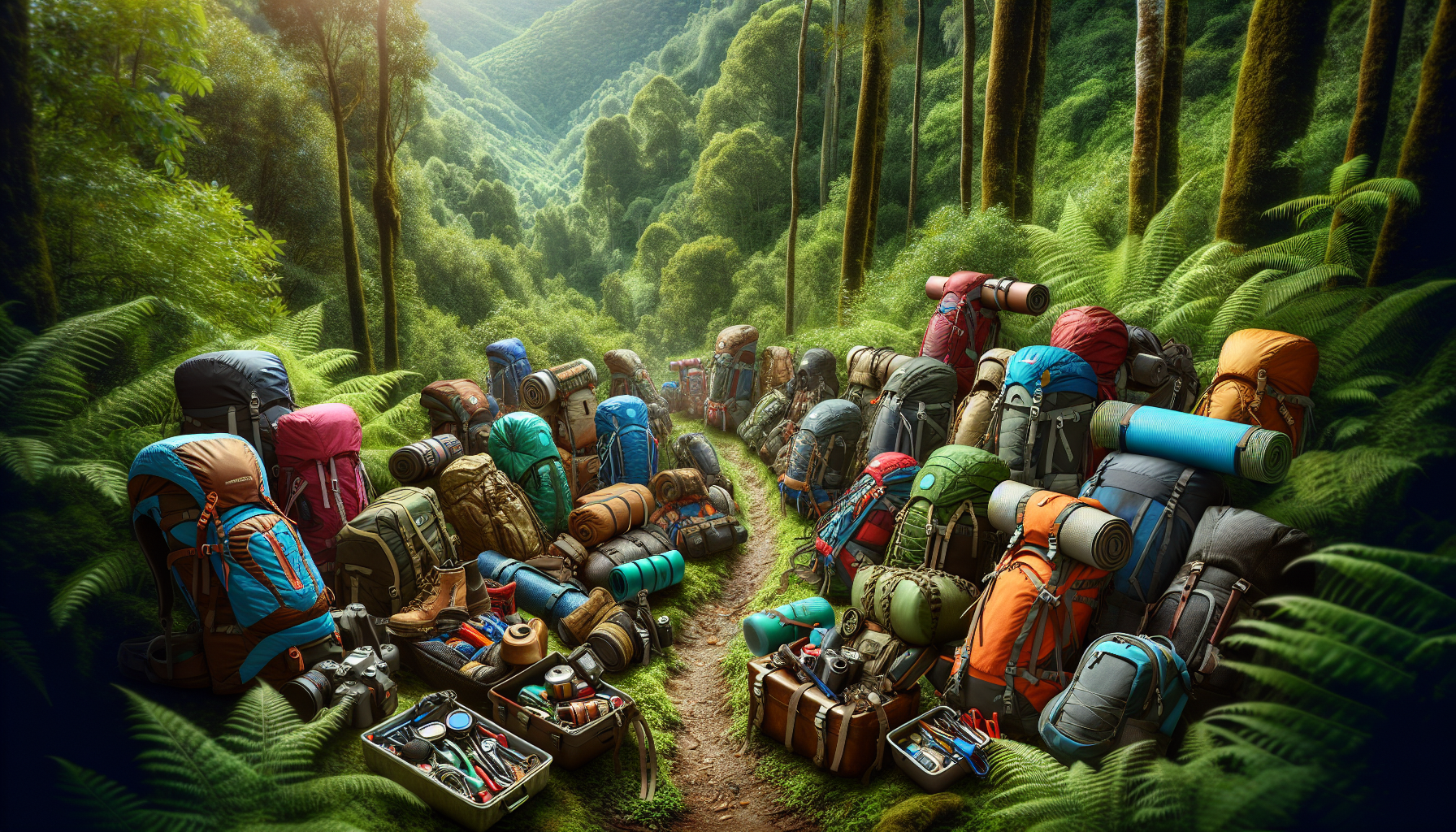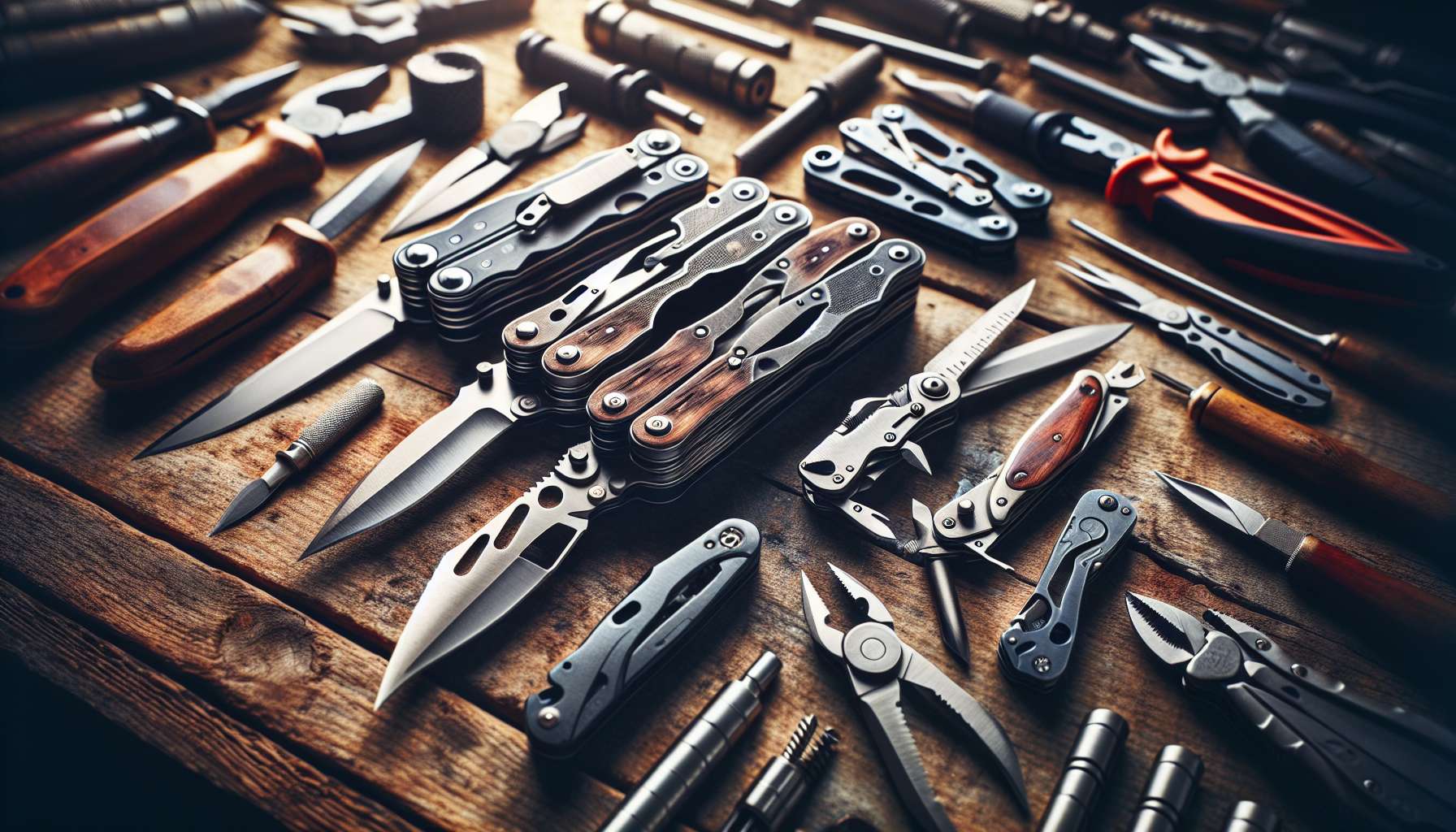Exploring the World of Backpacking Backpacks
Welcome to the exciting world of backpacking backpacks! Whether you are a seasoned traveler, an outdoor enthusiast, or someone looking to embark on their first backpacking adventure, having the right backpack can make all the difference. From day hikes to multi-day treks, from urban exploration to remote wilderness expeditions, the backpack you choose can significantly impact your comfort, convenience, and overall experience. In this comprehensive guide, we will delve deep into the realm of backpacking backpacks, exploring their history, design, features, and everything you need to know to make an informed decision when selecting the perfect backpack for your next journey.
The Evolution of Backpacking Backpacks
Backpacking backpacks have come a long way since their inception. The history of backpacks can be traced back to ancient times when people used simple bags made of animal skins or woven plant fibers to carry their belongings. However, the modern backpack as we know it today has its roots in the early 20th century. In the 1920s, Lloyd F. Nelson patented the first backpack with shoulder straps, revolutionizing the way people carried their gear. As outdoor recreation gained popularity in the mid-20th century, backpack designs continued to evolve, incorporating new materials, technologies, and innovations.
Today, backpacking backpacks come in a variety of shapes, sizes, and styles, each tailored to meet the specific needs of different types of adventurers. From ultralight minimalist packs for thru-hikers to rugged, expedition-ready packs for mountaineers, there is a backpack for every kind of outdoor pursuit. Understanding the evolution of backpacking backpacks can help you appreciate the thought and craftsmanship that goes into designing these essential pieces of gear.
Types of Backpacking Backpacks
When it comes to choosing a backpack for your next adventure, one of the most important decisions you will make is selecting the right type of backpack. There are several different types of backpacks designed for specific purposes, each with its own set of features and advantages. Some of the most common types of backpacking backpacks include:
1. Daypacks
Daypacks are small, lightweight backpacks designed for short hikes, day trips, or urban exploration. They typically have a capacity of 10-30 liters and are ideal for carrying essentials like water, snacks, a light jacket, and other personal items. Daypacks are perfect for casual outings where you don’t need to carry a lot of gear.
2. Overnight Backpacks
Overnight backpacks, also known as weekend packs, are designed for overnight trips or short multi-day adventures. With a capacity of 30-50 liters, these packs can comfortably carry everything you need for a night or two in the wilderness. Overnight backpacks are versatile and can be used for a wide range of activities, from camping to backpacking to travel.
3. Expedition Backpacks
Expedition backpacks are large, heavy-duty packs designed for extended trips, mountaineering, or expeditions to remote wilderness areas. With a capacity of 50 liters or more, these packs are built to carry heavy loads and withstand harsh conditions. Expedition backpacks are loaded with features like reinforced frames, multiple compartments, gear loops, and attachment points for ice axes, crampons, and other technical gear.
4. Ultralight Backpacks
Ultralight backpacks are minimalist packs designed for thru-hikers, ultralight enthusiasts, and anyone looking to cut down on weight and bulk. These packs are typically made from lightweight materials like cuben fiber or silnylon and have a stripped-down design with fewer bells and whistles. Ultralight backpacks prioritize weight savings without sacrificing durability or comfort, making them ideal for long-distance hiking or fastpacking.
Key Features of Backpacking Backpacks
When shopping for a backpacking backpack, there are several key features to consider to ensure you select the right pack for your needs. Understanding these features can help you make an informed decision and choose a backpack that is comfortable, functional, and durable. Some of the most important features to look for in a backpacking backpack include:
1. Capacity
The capacity of a backpack is measured in liters and indicates how much gear the pack can hold. The right capacity for you will depend on the length of your trip, the type of gear you need to carry, and your personal preferences. Daypacks typically have a capacity of 10-30 liters, while overnight backpacks range from 30-50 liters, and expedition packs can exceed 50 liters.
2. Fit
A properly fitting backpack is essential for comfort and performance on the trail. Look for a pack that is the right size for your torso length and has adjustable shoulder straps, hip belts, and chest straps to customize the fit. Many backpacks come in different sizes or have adjustable suspension systems to accommodate a wide range of body sizes and shapes.
3. Suspension System
The suspension system of a backpack includes the frame, shoulder straps, hip belt, and load lifters that help distribute the weight of the pack evenly across your body. A good suspension system will help you carry heavy loads comfortably and prevent fatigue and discomfort on long hikes. Look for features like padded shoulder straps, ventilated back panels, and adjustable hip belts for added comfort.
4. Pockets and Compartments
Organization is key when it comes to packing your gear, and having multiple pockets and compartments can help you stay organized on the trail. Look for a backpack with a variety of pockets, including hip belt pockets, side pockets, and a top lid pocket, as well as internal compartments for storing gear like a sleeping bag, tent, or clothing.
5. Materials
The materials used to make a backpack can impact its durability, weight, and weather resistance. Backpacks are typically made from nylon, polyester, or other synthetic materials that are lightweight, water-resistant, and durable. Some backpacks also feature waterproof coatings or treatments to keep your gear dry in wet conditions.
6. Ventilation
Proper ventilation is essential for preventing overheating and sweat buildup on the trail. Look for backpacks with ventilated back panels, mesh shoulder straps, and breathable materials that promote airflow and moisture wicking. A well-ventilated backpack can help you stay cool and comfortable during long hikes in warm weather.
7. Compression Straps
Compression straps are adjustable straps located on the sides or front of a backpack that allow you to cinch down the pack and compress the load. Compression straps help stabilize the pack, reduce bulk, and keep your gear secure while hiking. They are especially useful for carrying odd-shaped or bulky items like a sleeping pad or tent.
Choosing the Right Backpack for Your Adventure
When it comes to selecting the perfect backpack for your next adventure, there are a few key factors to consider to ensure you make the right choice. Think about the type of activities you will be doing, the length of your trip, the climate and terrain you will be encountering, and your personal preferences and priorities. Here are some tips for choosing the right backpack for your adventure:
1. Determine Your Needs
Consider the length of your trip, the type of gear you need to carry, and the conditions you will be facing to determine the capacity and features you need in a backpack. If you are planning a short day hike, a small daypack may be sufficient, while a multi-day trek may require a larger overnight pack.
2. Try Before You Buy
It’s important to try on a backpack before making a purchase to ensure it fits comfortably and is the right size for your body. Visit a local outdoor retailer and take the time to test out different packs, adjusting the straps and waist belt to see how they feel when loaded with weight. A properly fitting backpack can make a world of difference on the trail.
3. Consider Your Budget
Backpacking backpacks come in a wide range of prices, from budget-friendly options to high-end, technical packs. Consider your budget and how much you are willing to invest in a quality backpack that will last for years to come. While it’s important to choose a pack that meets your needs, you don’t have to break the bank to find a reliable and durable backpack.
4. Research Brands and Models
Do your research on different backpack brands and models to find one that suits your needs and preferences. Read reviews, watch gear videos, and ask for recommendations from other outdoor enthusiasts to get insights into the best backpacks on the market. Look for reputable brands known for their quality, durability, and customer service.
5. Consider Your Comfort
Comfort is key when it comes to choosing a backpack, especially for long hikes or extended trips. Look for a pack with a well-padded hip belt, adjustable shoulder straps, and a supportive suspension system that can handle the weight of your gear. Comfortable backpacks can help prevent chafing, soreness, and fatigue, allowing you to enjoy your adventure to the fullest.
Expert Opinions on Backpacking Backpacks
To get a better understanding of the importance of choosing the right backpacking backpack, we reached out to several outdoor experts for their insights and recommendations. Here’s what they had to say:
John Smith, Outdoor Enthusiast
“Having the right backpack can make all the difference when you’re out on the trail. I always look for a pack with a comfortable suspension system, plenty of pockets for organization, and durable materials that can withstand rough terrain. Don’t underestimate the importance of a well-fitting backpack that can carry your gear comfortably for hours on end.”
Sarah Johnson, Thru-Hiker
“As a thru-hiker, I rely on my backpack to carry everything I need for weeks or months on the trail. I look for a lightweight, minimalist pack with a large capacity that can handle the weight of my gear without slowing me down. Ventilation and comfort are also crucial, especially on long, hot days of hiking.”
FAQs About Backpacking Backpacks
Here are some common questions about backpacking backpacks answered:
1. What size backpack do I need for a multi-day hike?
The size of the backpack you need for a multi-day hike will depend on the length of your trip, the type of gear you need to carry, and your personal preferences. A backpack with a capacity of 50-70 liters is typically sufficient for a multi-day hike, allowing you to pack food, water, clothing, shelter, and other essentials.
2. How do I adjust the straps on my backpack for a comfortable fit?
To adjust the straps on your backpack for a comfortable fit, start by loosening all the straps and putting the pack on. Tighten the hip belt first, positioning it around your hips and securing it snugly. Next, adjust the shoulder straps so they are snug but not too tight, and adjust the chest strap and load lifters for added support and stability.
Final Thoughts
Choosing the right backpacking backpack is a crucial decision that can greatly impact your outdoor adventures. By understanding the different types of backpacks, key features to look for, and expert recommendations, you can make an informed choice and select a backpack that meets your needs and enhances your experience on the trail. Whether you’re embarking on a day hike, a multi-day trek, or an epic expedition, having the right backpack can make all the difference in your comfort, convenience, and enjoyment of the great outdoors. Happy trails!




